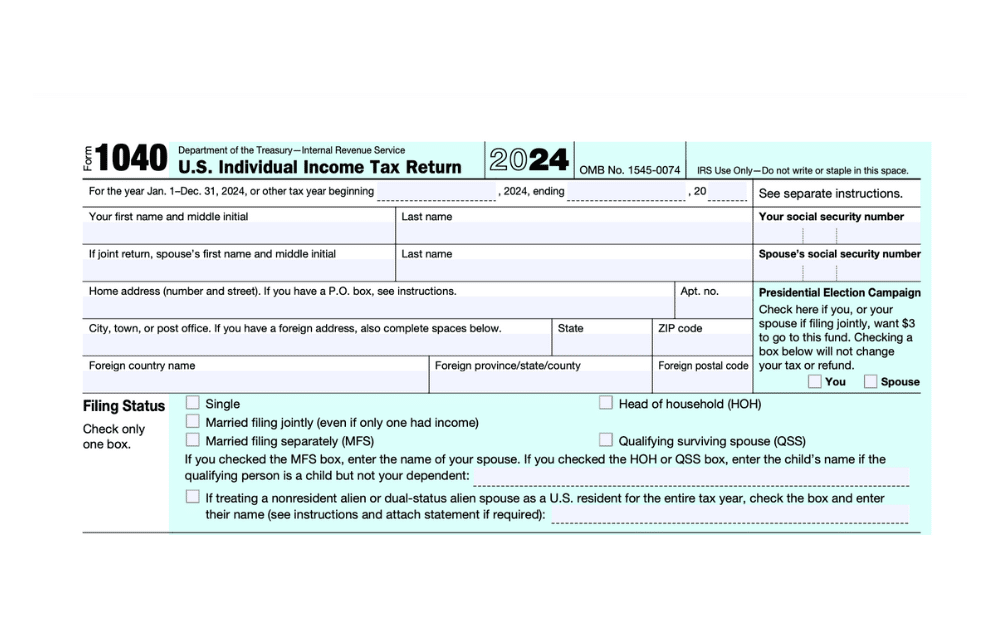Can I Still File My Taxes Without a W-2?

Yes, you can still file your taxes without a W-2. This is done by filing Form 4852. However, you should always try to get a W-2 if possible. Employers are required to provide W-2 forms by January 31, so if yours is delayed, reach out to them directly to request a copy.
If you don’t hear back, call the general IRS helpline at +1-(800)-829-1040 and explain the situation. If you are living outside the US, you can also call the IRS American Abroad helpline at +1 (267) 941-1000. They might contact your employer and try to get the missing form on your behalf.
If you still have not received a W-2 form for your employment, you can file your taxes using Form 4852. This form is a substitute that taxpayers could use if they never received a W-2 or if their W-2 is inaccurate. However, if you work for a foreign employer, they will likely not provide a W-2, in which case you will need to report your employment income on form 1040 line 1 h.
To file Form 4852, you will have to:
- Estimate your total wages and withholding using your final pay stub.
- Fill out the fields of Form 4852 based on your answers.
- Attach Form 4852 to your US annual tax return and submit both to the IRS.
You cannot e-file Form 4852. You will need to attach it to a paper return and submit it by mail. The IRS may take longer than normal to process your return with an attached 4852. (Remember that you will still have to pay your taxes by the deadline, even if you request a filing extension).
In cases where time is running short, consider requesting a wage and income transcript from the IRS. This transcript provides data on your reported earnings, but it may only be available mid-summer. If you later receive the official W-2 and it differs from the information you submitted, you will need to file an amended return using Form 1040-X.
If you are working as an independent contractor or freelancer, you may receive Form 1099 instead of a W-2. This is reported as business income, not as employment income.
Want To File Your Expat Taxes Without a W-2? We Can Help!
From understanding the Foreign Earned Income Exclusion to claiming the Foreign Tax Credit, expat taxes can be challenging. Hopefully, this guide has given you a better idea of how to file your taxes without a W-2.
Still have questions? Contact us, and one of our customer champions will gladly help. If you need advice on your specific tax situation, you can also click below to get a consult with one of our experienced tax professionals.



